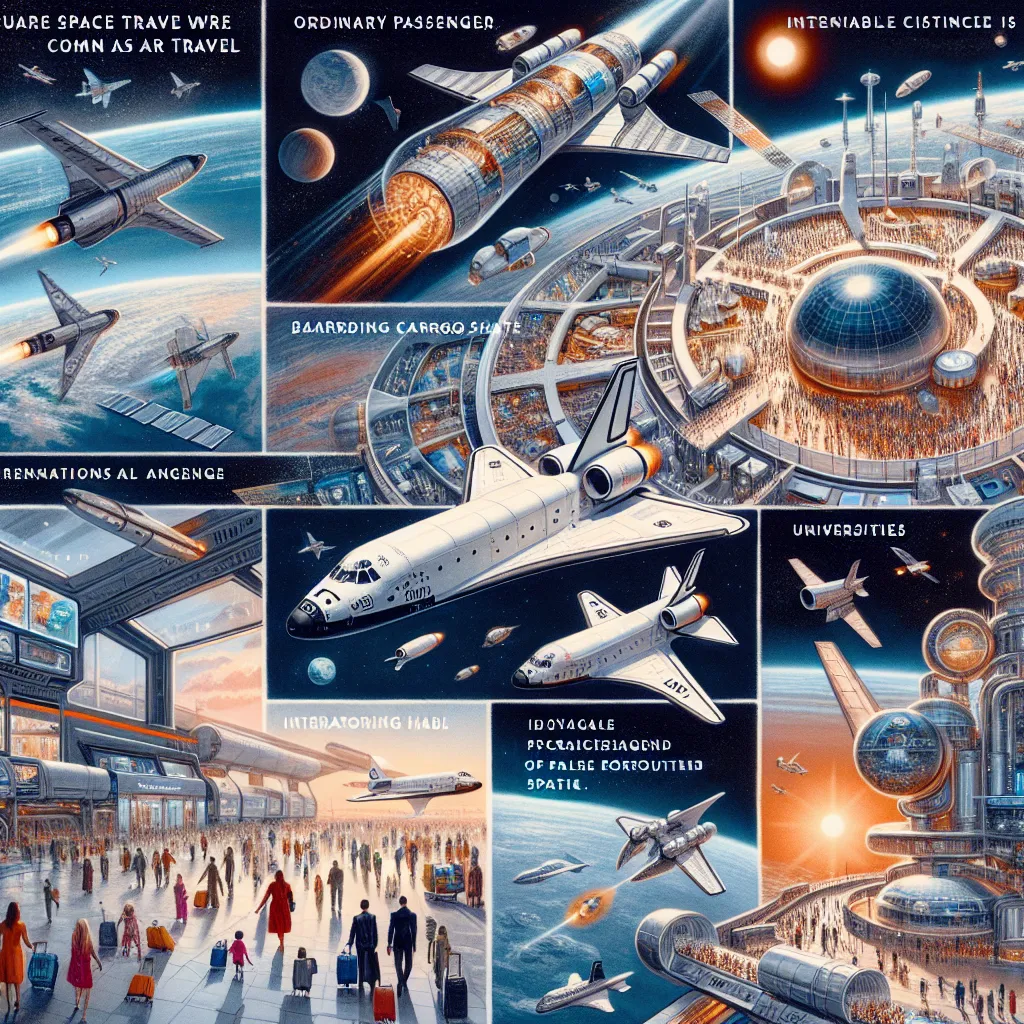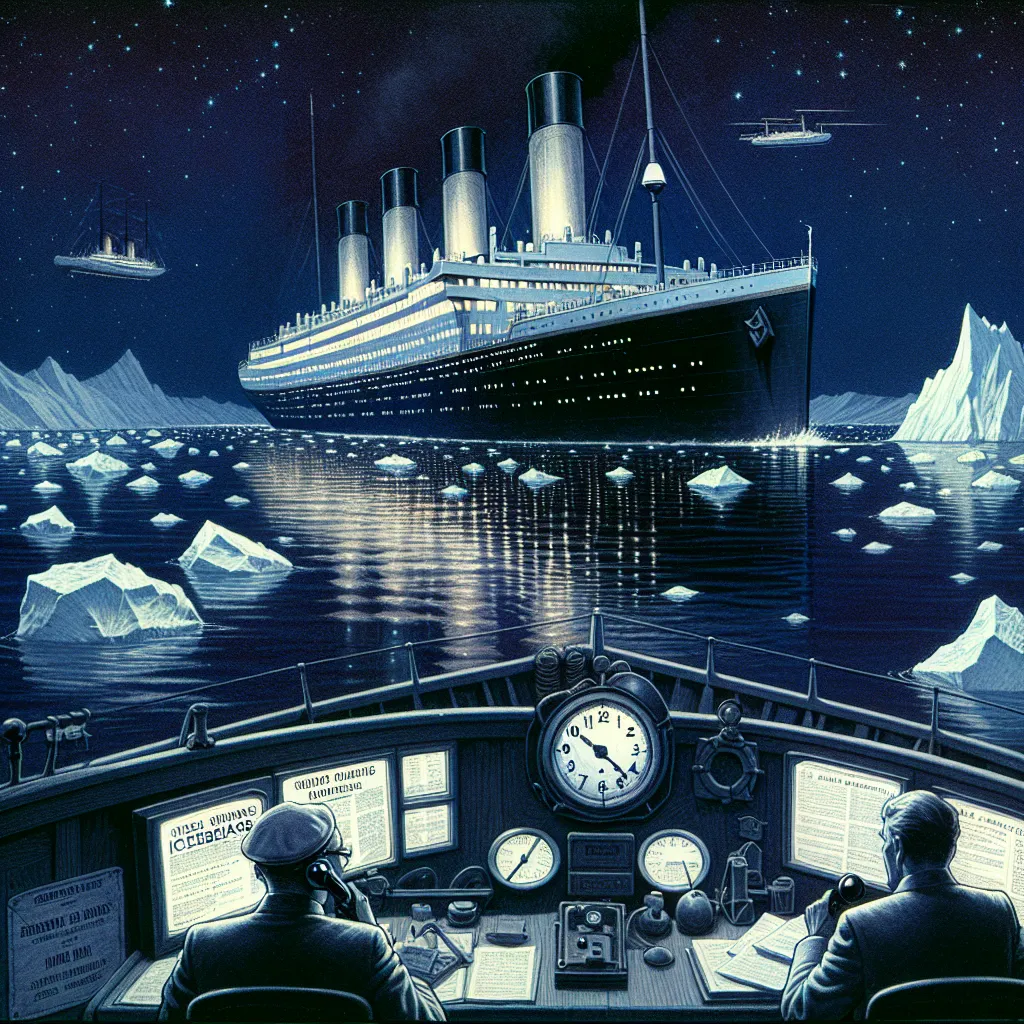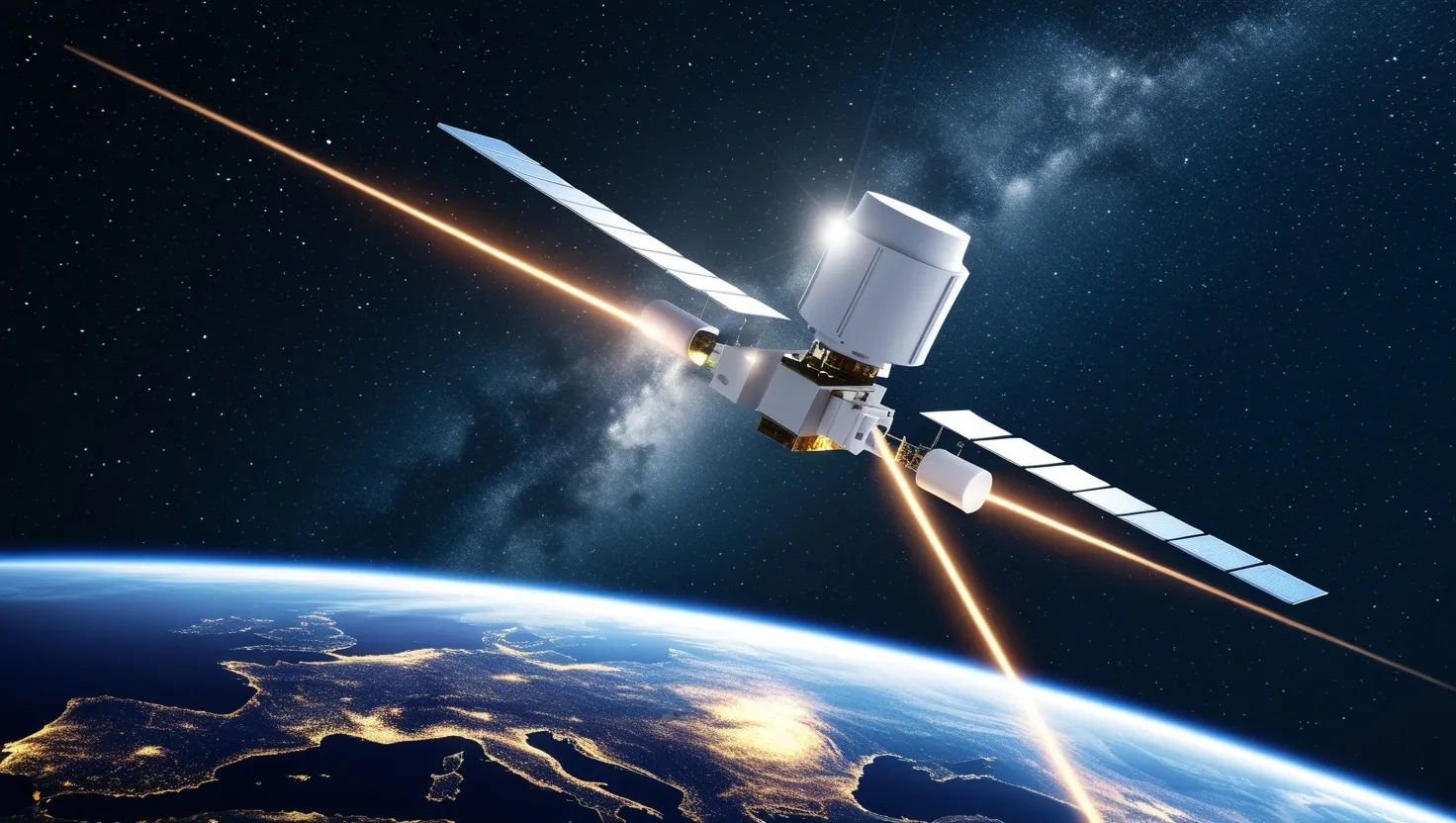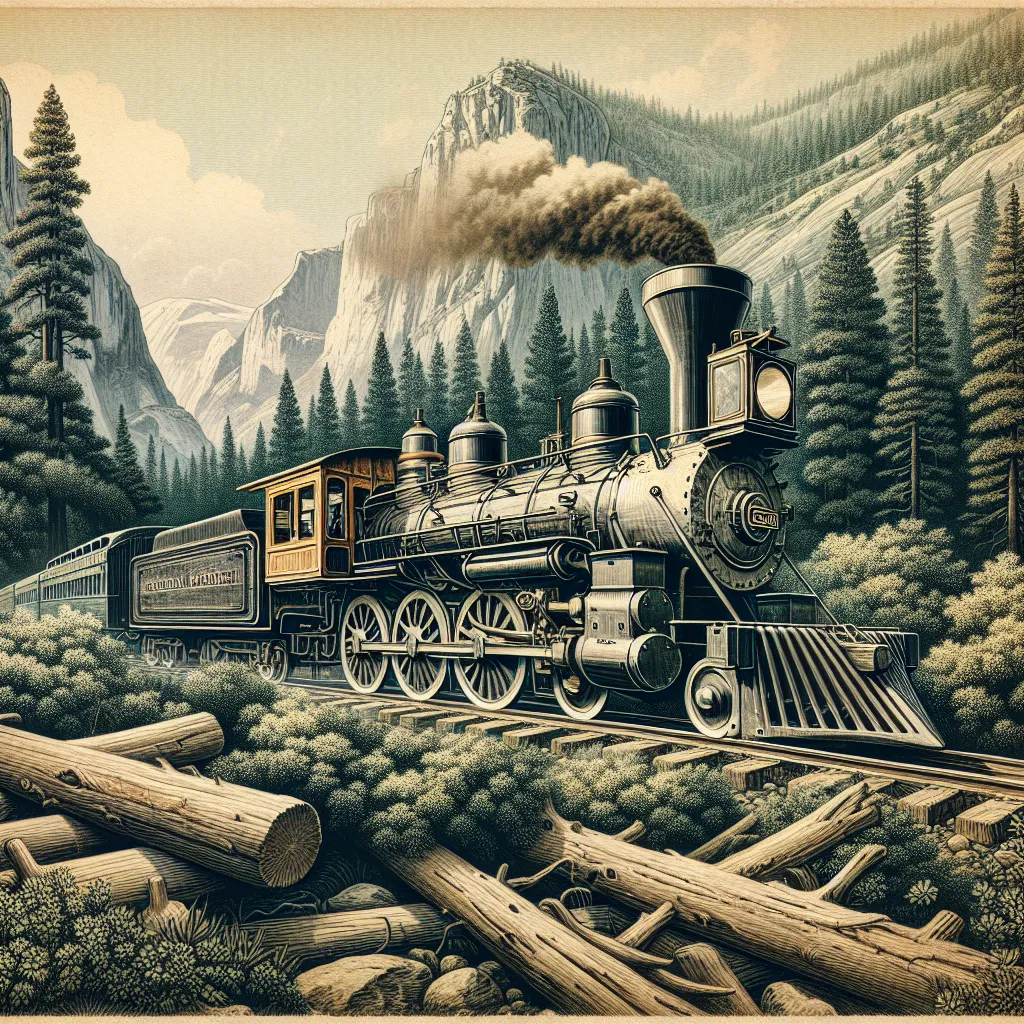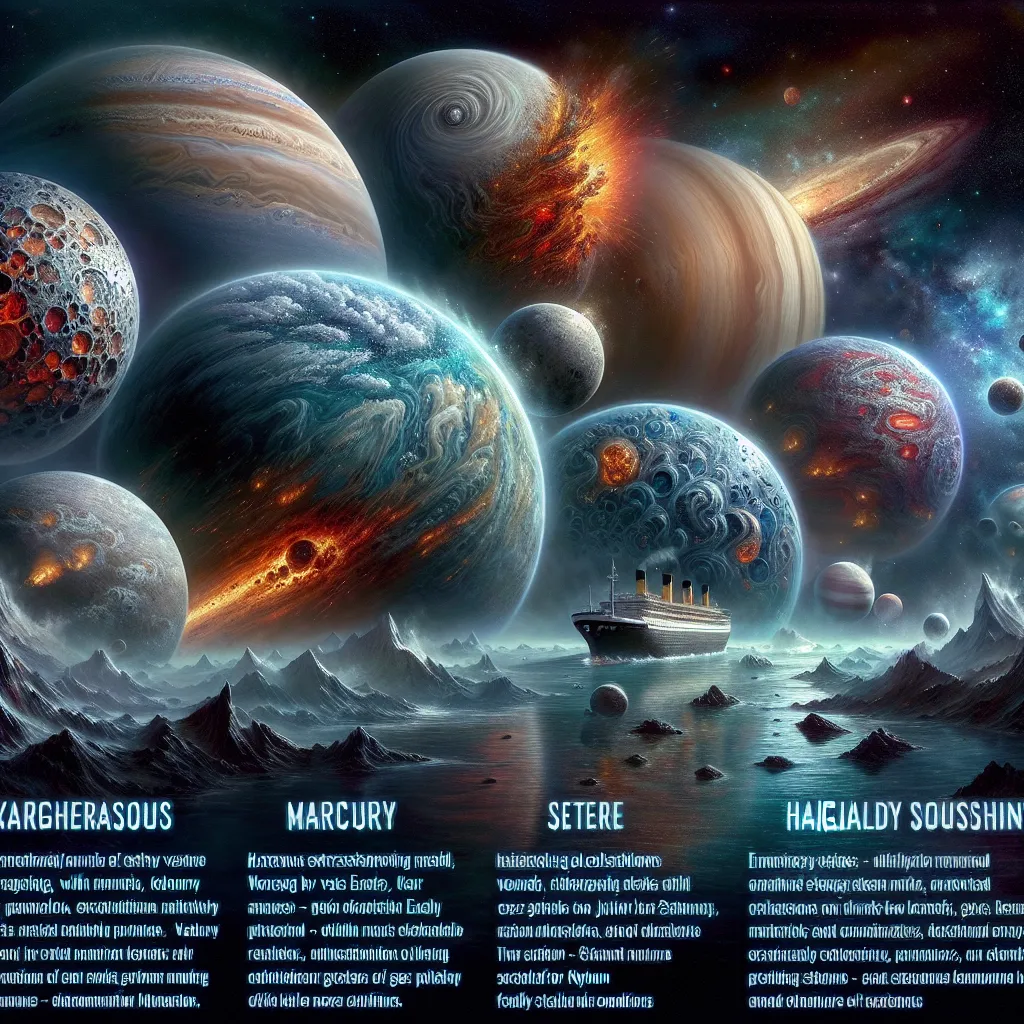Imagine a future where taking a trip to space is as common as catching a flight. Ordinary people will soon have the chance to board space planes, experiencing the edge of the universe firsthand. These innovative spacecraft are designed to make space travel daily, much like today’s bustling airways.
As we look ahead, space will transform into a massive construction zone. We’ll see dozens of space stations orbiting our planet, launching and maintaining countless satellites. These weightless hubs will not only serve communication needs but act as gateways for deeper space exploration.
Fleet of space planes will carry both passengers and cargo efficiently and affordably. As the number of operational space planes increases, we’ll build even more complex space stations, marking advanced steps toward the universe.
But hold on—the future has already begun. Seeing a space shuttle in action is an awe-inspiring experience. The power and roar of lift-off are unforgettable. If given the chance, who wouldn’t want to take that incredible ride? The space shuttle, a true marvel, has completed over 80 missions and transported more than 200 astronauts. It’s the first ever vehicle adept at navigating both the vacuum of space and the Earth’s atmosphere.
A space shuttle’s journey is nothing short of extraordinary. Speeding up to 17,500 miles per hour—ten times faster than a bullet—these shuttles overcome gravity with gigantic rockets. In space, their engines operate in an airless void, offering no lift for wings or oxygen to burn.
Returning to Earth presents massive challenges. At 50 miles above Houston, the shuttle endures an atmosphere whose friction could incinerate it. The concept of a space plane dates back to aviation’s early days, with German engineer Fritz Von Opel flying a rocket plane in 1929. By 1967, the X15 aircraft had rocketed pilots to the very edge of space. These early pioneers were the nearly first astronauts, aiming for safe exits and returns.
The 1960s saw the urgency of the space race, leading to NASA’s pinnacle achievement in 1969: landing a manned spacecraft on the moon. Yet, the enormous Saturn 5 rocket wasn’t reusable, and building new rockets was prohibitively expensive. Thus began NASA’s quest for a cost-effective, reusable space launch vehicle.
Enter space planes like the DC-XA and VentureStar. These vehicles represent a future of routine, affordable space travel. While today we rely on the space shuttle, tomorrow’s designs like VentureStar promise even greater efficiency and reduced costs.
Right now, NASA has a fleet of four orbiters—Colombia, Discovery, Endeavour, and Atlantis—each designed for multiple uses. These shuttles have covered over a billion miles and delivered a major portion of the world’s satellites and communication tools into orbit. In zero-gravity, astronauts can perform unique, critical experiments, thanks to these engineering marvels.
Navigating space’s hostility is no small feat. The shuttles’ life support systems create environments mimicking Earth, powering electronics, and safely managing water created by hydrogen fuel cells. Precision is key; tiny thrusts in space can produce significant movements, allowing shuttle missions to achieve feats like docking with the Russian Mir station or repairing the Hubble Space Telescope.
Returning to Earth is the toughest part. The shuttle must re-enter the atmosphere from 120 miles, enduring extreme conditions. Covered with thermal protection, the shuttle must navigate back through fiery re-entry paths, with tiles made of materials that withstand thousands of degrees, shielding the shuttle from disintegration.
The shuttle glides back at supersonic speeds, guided by both computers and experienced pilots. Upon runway contact, its journey safely ends, demonstrating the culmination of years of technological advancement.
Despite its brilliance, the space shuttle is aging. Conceived in the 70s, it faces an era where cost and efficiency are paramount. New space planes from Japan, France, and others are in development, promising cheaper, routine flights with minimal refurbishment—a glimpse of space travel’s promising future.
Soon, space planes will transport us globally in mere minutes or dock at international space stations. As construction of these stations ramps up, ordinary citizens will visit orbiting hotels and universities. Our advancements will solve prolonged weightlessness, leading to daily space commutes and moon bases. Ultimately, space planes will spearhead deep space missions, making our wildest space dreams a reality.
